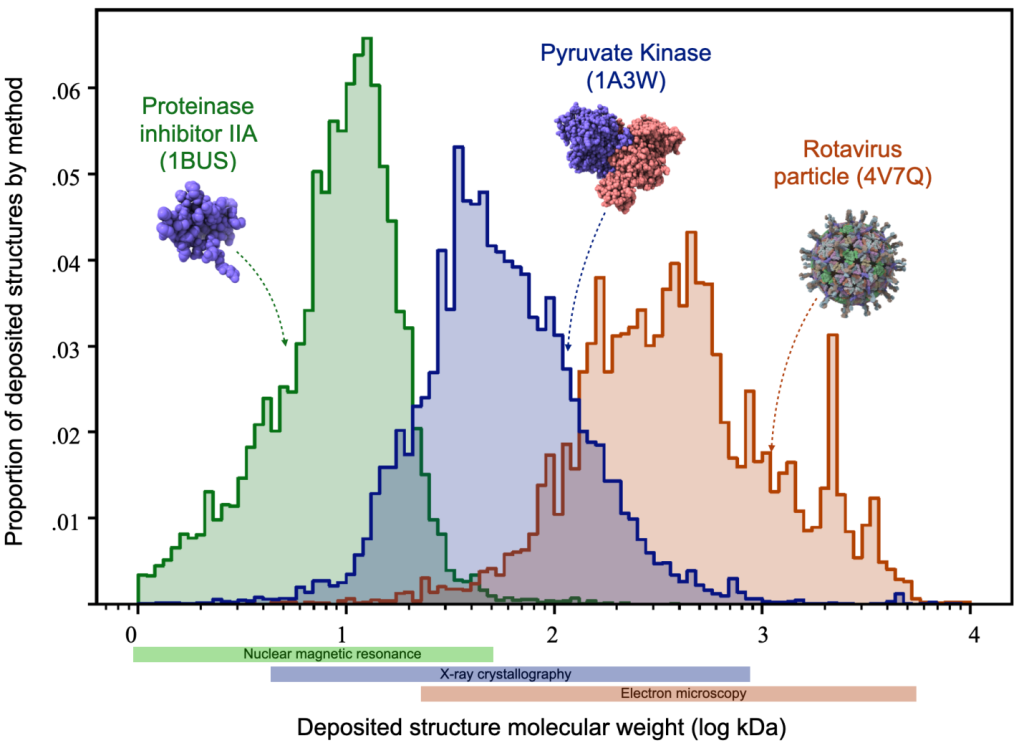
Integrative modeling computes a model based on varied types of input information, be it from experiments or prior models. Often, a type of input information will be best handled by a specific modeling software package. In such a case, we desire to integrate our integrative modeling software package, Integrative Modeling Platform (IMP), with software specialized to the computational demands of the modeling problem at hand. After several attempts, however, we have concluded that even in collaboration with the software’s developers, integration is either impractical or impossible. The reasons for the intractability of integration include software incompatibilities, differing modeling logic, the costs of collaboration, and academic incentives. In the integrative modeling software ecosystem, several large modeling packages exist with often redundant tools. We reason, therefore, that the other development groups have similarly concluded that the benefit of integration does not justify the cost. As a result, modelers are often restricted to the set of tools within a single software package. The inability to integrate tools from distinct software negatively impacts the quality of the models and the efficiency of the modeling. As the complexity of modeling problems grows, we seek to galvanize developers and modelers to consider the long-term benefit that software interoperability yields. In this article, we formulate a demonstrative set of software standards for implementing a model search using tools from independent software packages and discuss our efforts to integrate IMP and the crystallography suite Phenix within the Bayesian modeling framework.